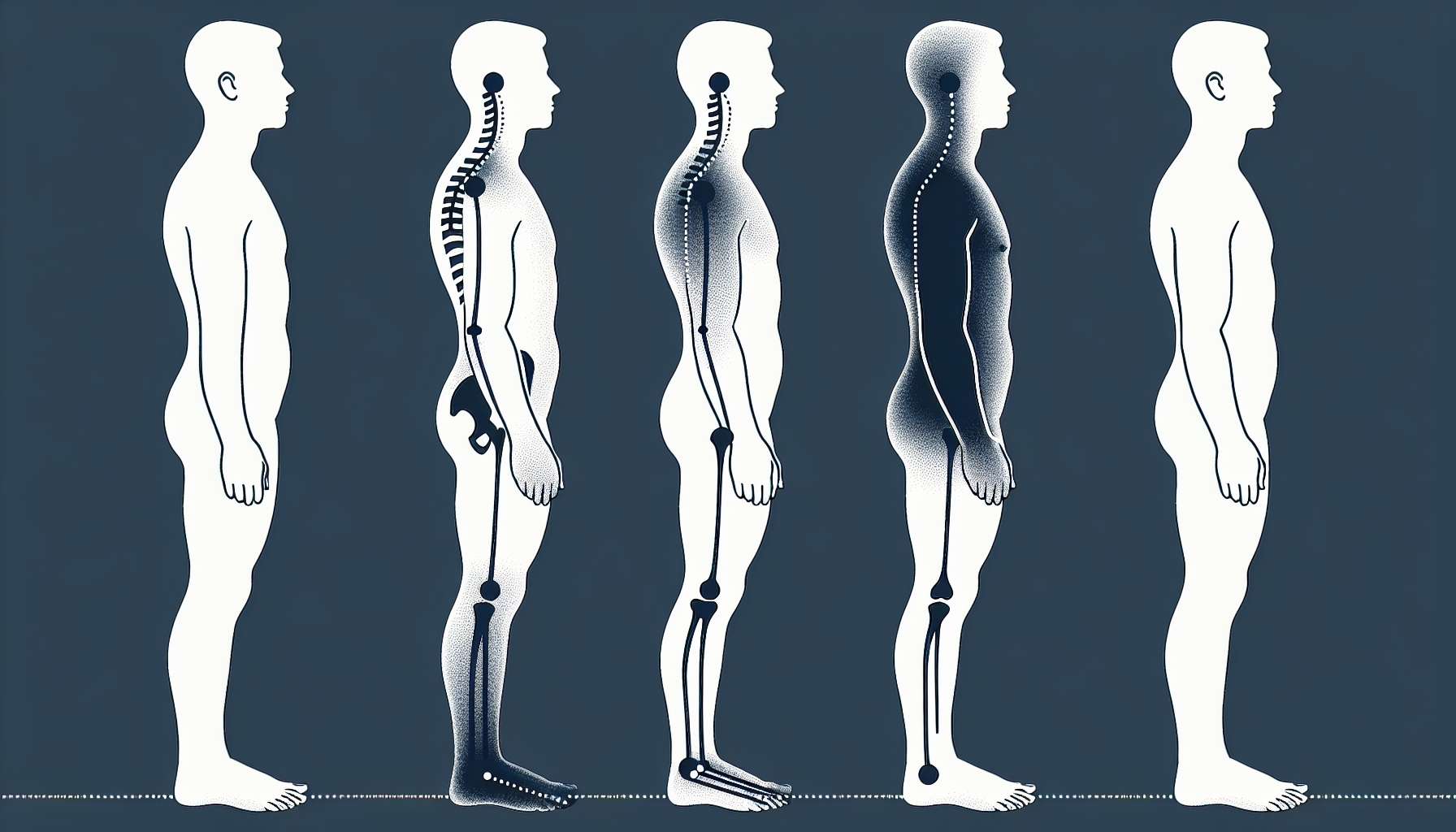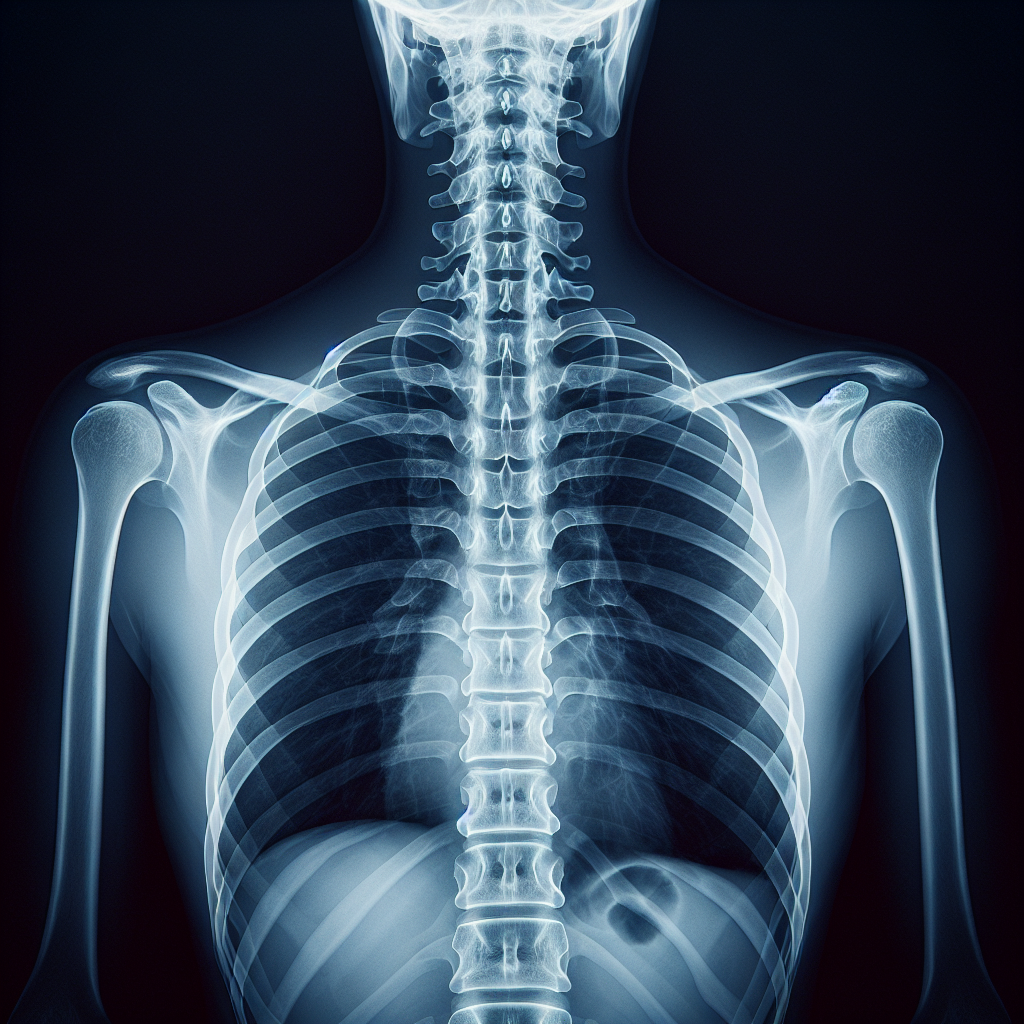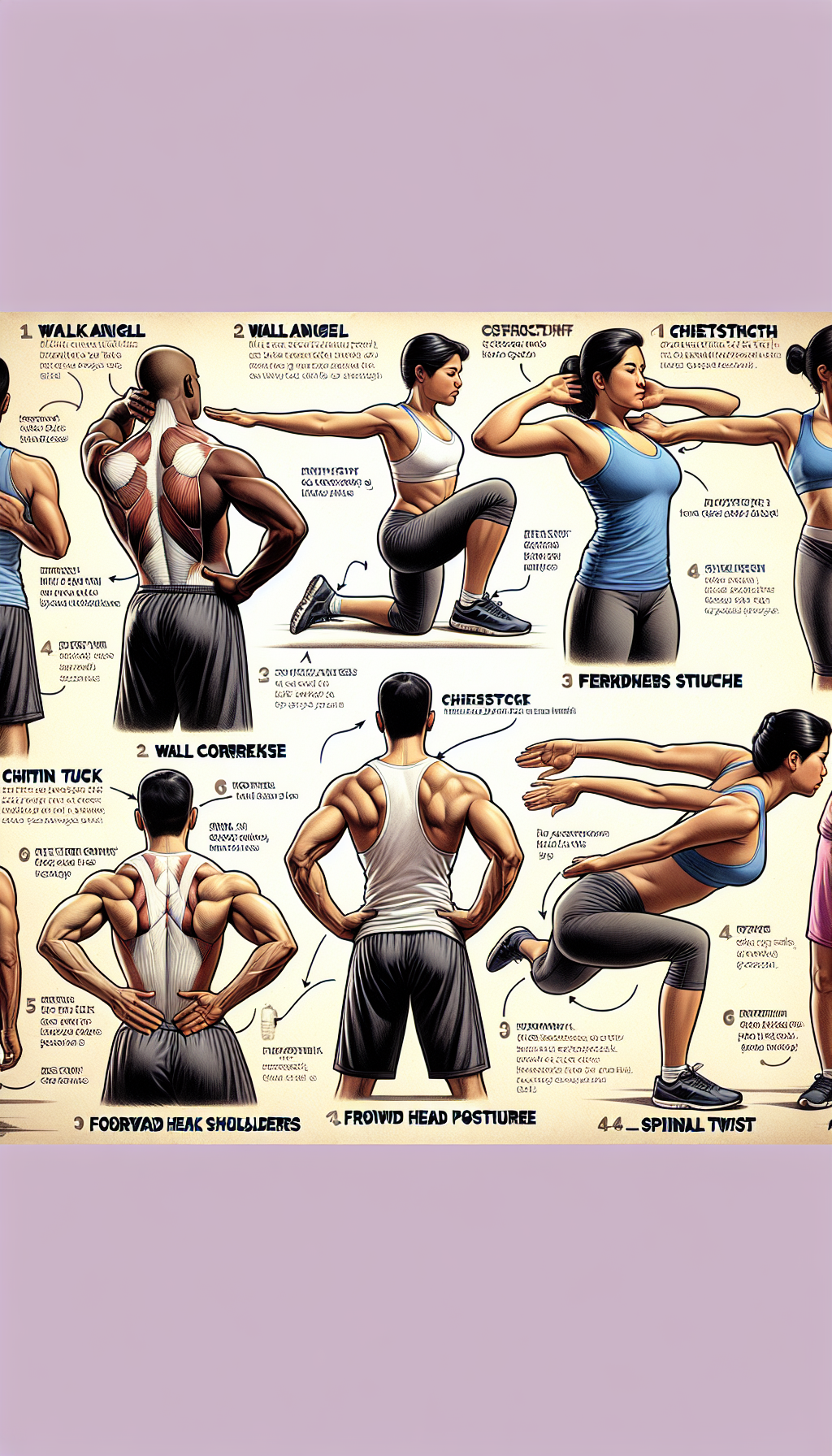Posture is not just about standing up straight to look your best. It is a vital component of your health, affecting various aspects of your physical well-being, including bone alignment. Poor posture can lead to a cascade of structural changes in the body, which can cause bone and joint misalignments, chronic pain, and decreased mobility.
The Foundations of Good Posture
Good posture entails an alignment of bones and muscles that protect the body against injury and degenerative diseases. It ensures that the least amount of strain is placed on muscles and ligaments during movement or weight-bearing activities. To maintain proper posture, several factors contribute, including core strength, flexibility, and balance.
Core Strength
The core muscles are the bedrock of your posture. They surround and support the spine, pelvis, and shoulder girdle and create a solid base for limb movement. A strong core minimizes wear on the spine and maintains proper alignment of bones, reducing the risk of herniated discs and spinal stenosis. To explore more about the importance of fitness in maintaining good posture, consider the insights offered on Avix Health’s fitness page.
Flexibility
Flexibility is another cornerstone of good posture. Tight muscles can pull joints out of alignment, leading to poor posture and, over time, structural changes in the body. Regular stretching and flexibility exercises can help maintain the normal functional range of movement and support proper bone alignment.
Balance
Balance and posture are interlinked. Good balance helps to maintain the body’s center of gravity over its base of support, thus promoting good posture. Balance exercises and activities such as yoga or Tai Chi can improve your ability to maintain proper posture.
Bone Health and Alignment
The skeletal system provides the framework that supports the body and protects internal organs. Proper bone alignment allows for more efficient movement, reduces stress on ligaments, and helps maintain balance. Misalignment can lead to abnormal wear on the cartilage and joints, which can increase the risk of osteoarthritis.
Understanding the role of nutritional guidelines for seniors in maintaining bone health is crucial as we age. Additionally, the benefits of weight lifting for bone density cannot be overstated, as this type of exercise stimulates bone remodeling and growth, helping to maintain alignment and posture.
The Role of Diet and Supplements
A balanced diet rich in calcium and vitamin D is essential for maintaining healthy bones and joints. Certain supplements can also play a role in supporting bone health, such as chondroitin and glucosamine. These compounds may help to rebuild cartilage and retain flexibility in the joints. To delve deeper into this subject, read about the role of chondroitin and glucosamine in bone health.
For more comprehensive information on medication and supplements that support bone health, Avix Health’s medication & supplements section is an invaluable resource.
The Impact of Chronic Conditions
Chronic illnesses can have a significant impact on bone health and posture. Conditions such as osteoporosis and arthritis can cause bones to become weak and brittle, leading to poor posture and a higher likelihood of fractures. Strategies for maintaining bone health in the presence of chronic illness are outlined in a dedicated article on Avix Health.
External Resources for Further Reading
To deepen your understanding of the biomechanics of posture and its impact on bone health, consider these external resources:
- The National Osteoporosis Foundation provides a comprehensive guide on bone health, including the importance of posture.
- Posture Direct offers niche advice on how to correct posture-related issues.
- The American Chiropractic Association provides resources on maintaining a healthy spine, which is essential for good posture.
- ChoosePT offers insights into physical therapy approaches for improving posture and bone health.
These resources are exceptional for learning more about the intricate relationship between posture, bone health, and overall wellness.
The Role of Health Professionals
Health professionals such as physical therapists, chiropractors, and osteopaths specialize in helping individuals maintain and improve their posture through various treatments and exercises. They can provide personalized plans to correct posture issues, which often involve strengthening weak muscles and stretching tight ones.
Conclusion
Understanding the importance of posture and bone alignment is crucial for maintaining overall health and preventing musculoskeletal disorders. Good posture is not only about appearance; it has profound effects on physical health and functionality. By incorporating strength, flexibility, and balance exercises into your routine, focusing on proper nutrition and supplements, and seeking guidance from health professionals, you can support your bone health and improve your posture.
Remember, maintaining good posture and alignment is an ongoing process that requires awareness and dedication. Taking the time to understand and care for your body will pay dividends in the form of better health, improved mobility, and a higher quality of life.



